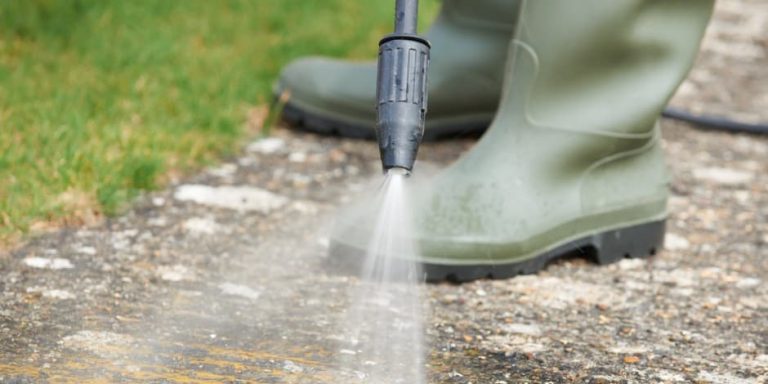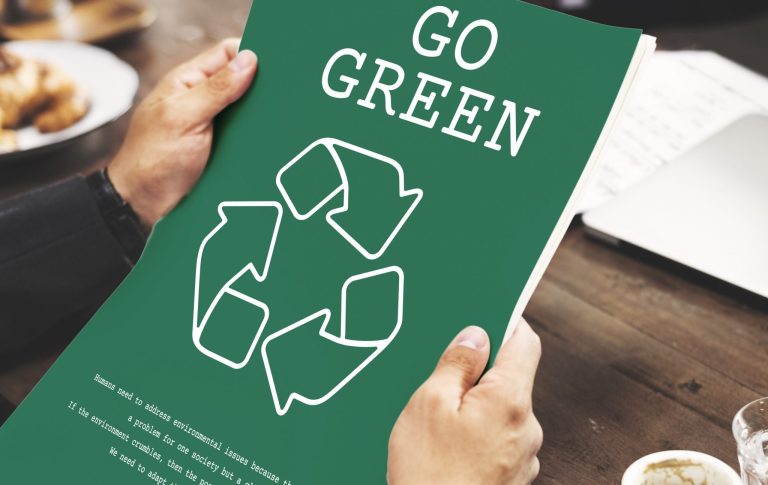
Power washing may seem like a simple task—just water and pressure, right? But as global temperatures rise, weather patterns shift, and environmental regulations tighten, the very standards for safe and sustainable power washing are changing.
Climate change is not just a future problem. It’s affecting how and when we wash surfaces, what kind of equipment we use, and the ways we must adapt to protect both property and the planet. 🔥🌍
🌎 The New Climate Reality for Outdoor Cleaning
Climate change impacts the power washing industry in surprising ways:
- 🌡️ Hotter summers mean faster chemical evaporation, requiring more rinsing and water
- 💧 Longer droughts create water restrictions, limiting residential and commercial cleaning
- 🌀 More extreme storms increase grime buildup and cleaning demand
- 🧪 Greater UV exposure alters how detergents perform on surfaces
To clean responsibly in today’s climate, professionals and homeowners alike must evolve.
🔁 Changing the Calendar: When to Wash
Old habits like “spring cleaning” are no longer universal. Rising temperatures and seasonal unpredictability mean:
- ✅ Shift to early morning or late afternoon washing to avoid midday heat
- ✅ Avoid power washing during extreme droughts or fire risk periods
- ✅ In flood-prone areas, delay washing after major storms to avoid runoff issues
🧼 Flexibility is the new best practice.
🧰 Equipment Evolution in a Changing Climate
Climate considerations are pushing innovation in pressure washing gear:
🔋 Energy Efficiency
- Solar-charged battery units
- Low-pressure nozzles that reduce water waste
- Hybrid units (electric/gas) for fuel optimization
💦 Water-Saving Tech
- Reclaim systems that filter and reuse rinse water
- Smart shut-off valves
- Foam cannons that reduce rinse cycles
New climates require new tools. ♻️🔧
Browse Amazon Here For Top Rated Power Washers And Accessories
🧴 Rethinking Detergents and Chemicals
Warmer weather and air quality issues have made traditional cleaners problematic:
- Increased VOC emissions from solvent-based cleaners
- Chemical residue evaporating before rinsing
- Runoff becoming more toxic in high-heat urban areas
✅ Modern best practices include:
- pH-neutral, low-VOC detergents
- Surfactants that activate with less water
- Cold-water–optimized degreasers to avoid heat waste
🧠 Safety Risks for Workers and Wildlife
Rising temps = higher risk for:
- Heatstroke among workers
- Faster runoff into overheated storm drains
- Chemical fumes affecting nearby wildlife and pets
New guidelines include:
- Mandatory rest breaks during extreme heat
- Wildlife zone markers to avoid habitat disruption
- Switching to cold water methods where possible
Safety = Sustainability. 👷♂️🌿
🏙️ Urban Impact and Regulations
Many cities are introducing:
- Drought-triggered water bans
- Time-of-day washing restrictions
- Mandatory use of eco-safe detergents
Contractors must stay current with local climate-responsive ordinances or risk fines and business loss.
🧠 Final Thoughts
Power washing in the era of climate change demands more than pressure and soap—it requires adaptive thinking, eco-strategic planning, and a commitment to long-term environmental health.
By adjusting techniques, adopting new tools, and staying alert to local climate conditions, power washers can help protect both the surfaces they clean and the world they live in. 🌡️🌎
Browse Amazon Here For Top Rated Power Washers And Accessories






